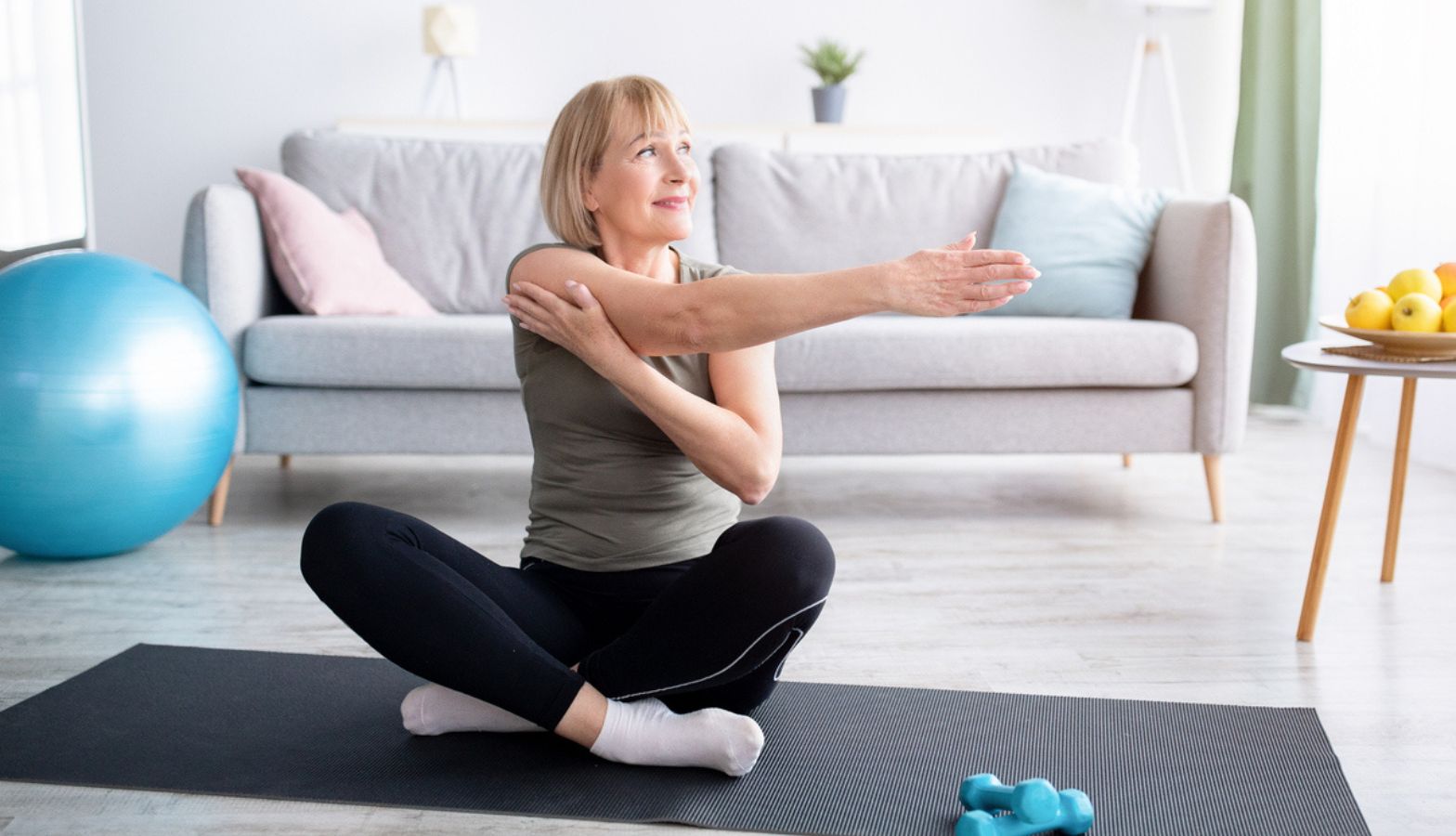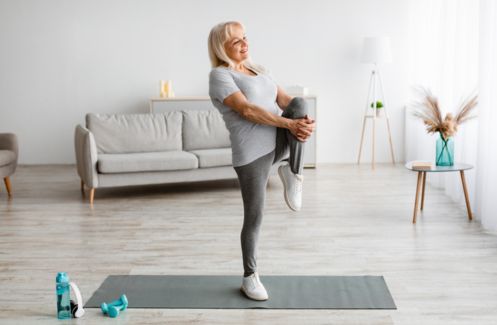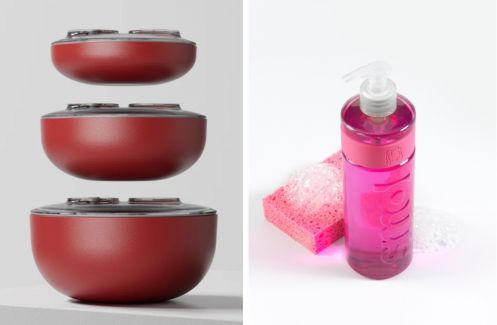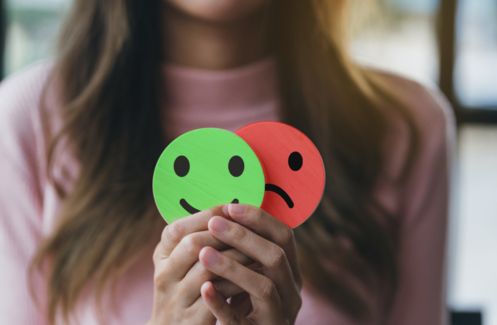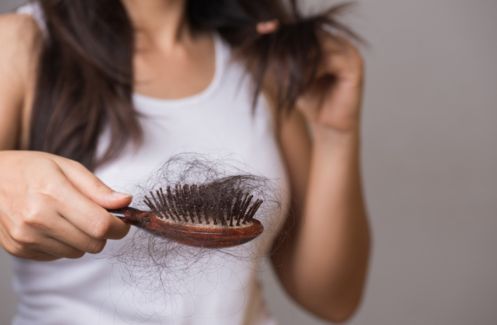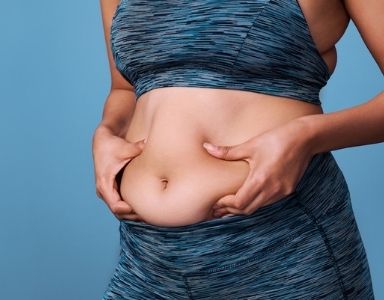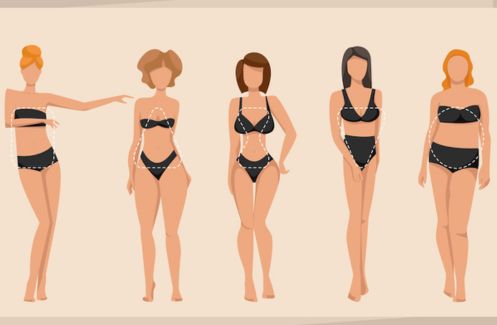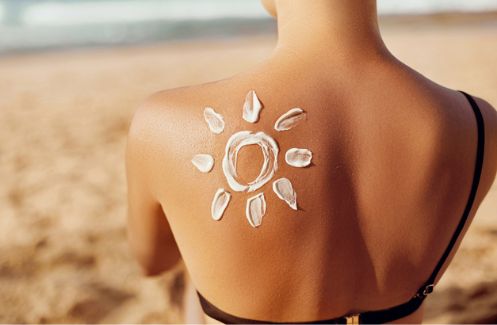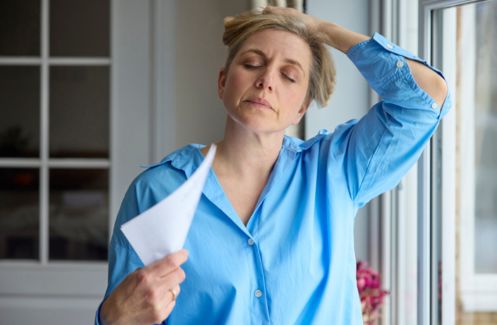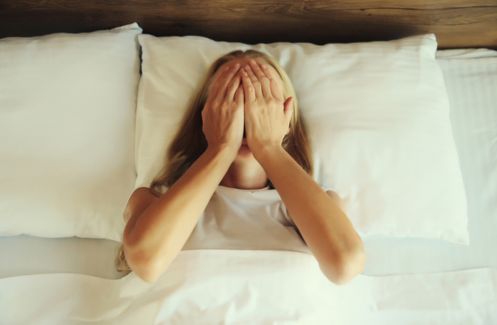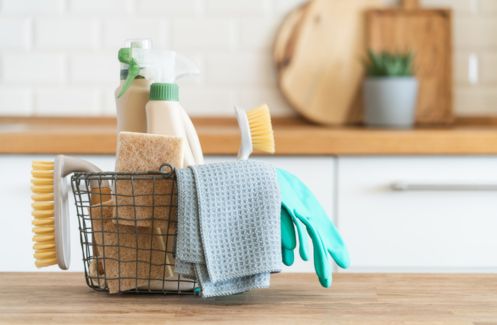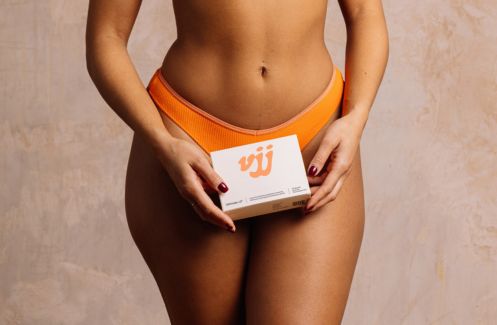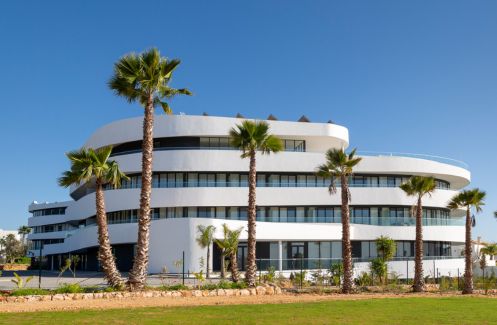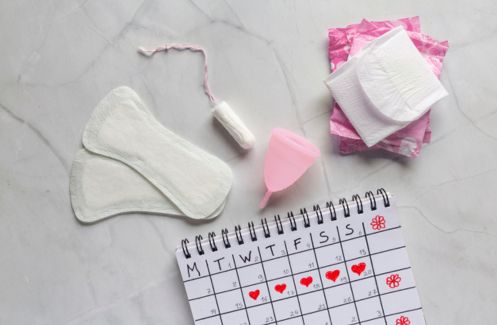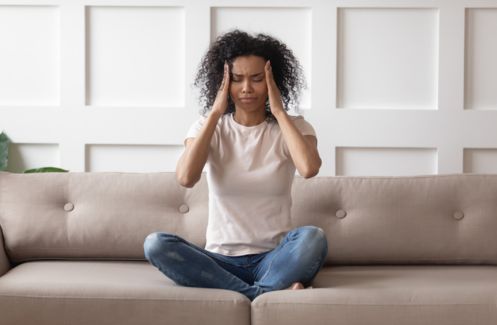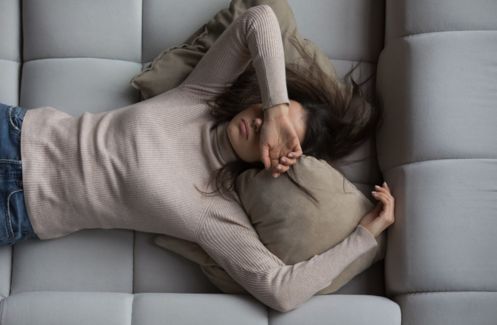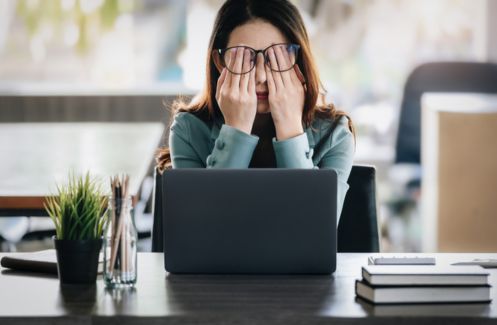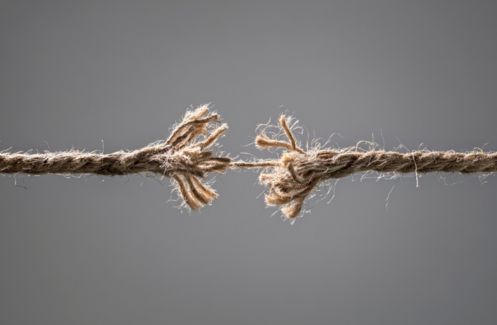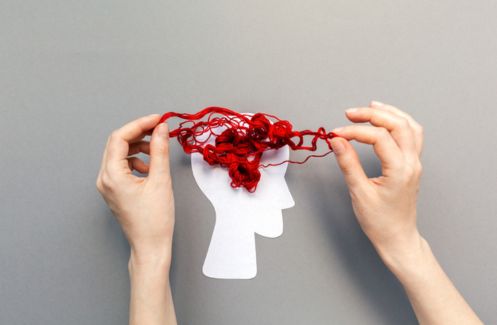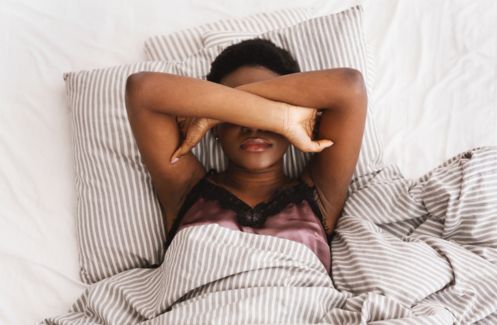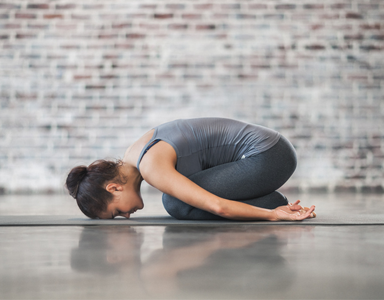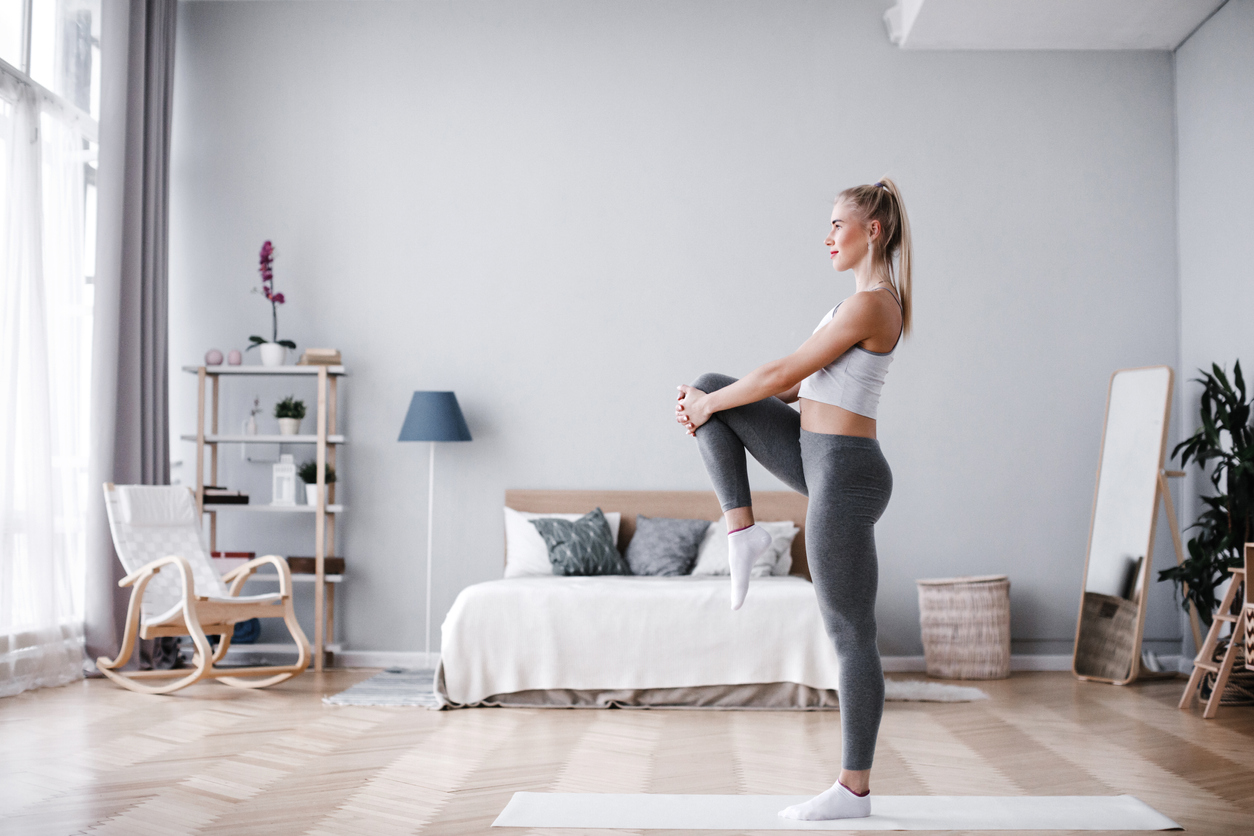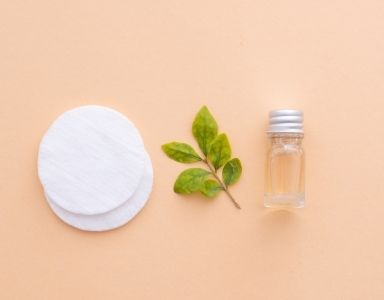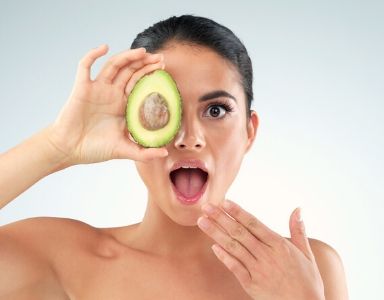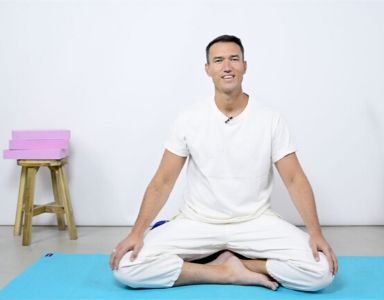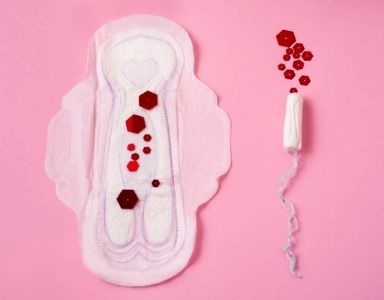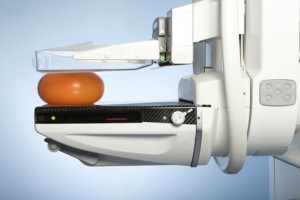
Reports questioning the effectiveness of the NHS breast screening programme have fuelled debate in the medical community, with critics suggesting British women are not being made aware of the risks associated with mammograms. The controversy has come not from anti-medical cranks but from doctors and scientists analyzing the evidence for the effectiveness of breast screening at the highest level.
‘Most women don’t know anything about the possible harms that may occur to them as a result of screening,’ says Klim McPherson, Professor of Public Health Epidemiology at the University of Oxford. ‘They need to be made aware of both the benefits and harms.’ These harms primarily include the risk of being diagnosed with a cancer that may never have caused any symptoms in their lifetime, something medics call ‘overdiagnosis’. According to Professor McPherson about 20-30 per cent of women who receive a cancer diagnosis after a mammogram may be overdiagnosed and never develop any breast cancer symptoms. ‘This can mean they undergo unnecessary treatments such as mastectomy, radiotherapy and chemotherapy that increases their risk of developing cardiovascular disease and other cancers – women need to be aware of these risks,’ he explains.
However, currently there is no way of knowing whether what looks like a tumour will go on to become a dangerous breast cancer or not, says Stephen Duffy, Professor of Cancer Screening at the Wolfson Institute of Preventative Medicine, St. Mary’s Hospital, who has worked on the largest breast cancer screening trials in the world. ‘You can’t look at a tumour and know what would have happened if you just left it alone,’ says Professor Duffy. ‘For the most part, while it may never show symptoms, the chances are it will grow and do a lot of harm,’ he says. ‘In my opinion, you are more than twice as likely to have your life saved by breast screening than you are to have a tumour treated that won’t harm you in your lifetime.’
For many cancer doctors – and their patients – these are odds worth gambling on. They were for Sue Bird, a public relations consultant in her 50s. Seven years ago, a mammogram detected a small, early tumour in Sue’s right breast. ‘I always checked my breasts but my first mammogram detected a slight skin thickening under my arm that turned out to be cancer that I would never have found,’ she remembers. The tumour was caught at an early stage, her doctor explained, and Sue had a small lumpectomy – the area of cancerous cells were removed from under her arm and she retained most of her breast – and radiotherapy. Sue was given the all-clear last year and now faces a future with a high probability that cancer will never bother her again. ‘The early diagnosis meant I didn’t need any chemotherapy so escaped all those awful side effects.’ But how does Sue feel about the possibility that the tumour her mammogram detected may have never caused her a problem in her lifetime? ‘I wasn’t going to take that chance! The minute I knew it was there I wanted to be treated,’ she says. ‘I would rather take the risk of accepting treatment along with the possibility that it may have been unnecessary than wait and wonder and hope it will go away itself. I believe that mammogram saved my life.’
Women like Sue who have a breast cancer detected through a mammogram have an 80 per cent chance of being treated successfully and never being bothered by breast cancer again.
That’s because one of the key advantages of breast screening is that it can pick up breast cancers early and make survival far more likely, says Gareth Evans, consultant oncologist at St. Mary’s Hospital, Manchester and Chair of the Breast Cancer Campaign Scientific Advisory Board. ‘Mammograms detect cancers anywhere from 18 months to four years before a woman shows any symptoms such as a lump in her breast,’ he explains. ‘Yes, this can mean some unnecessary treatment if it doesn’t go on to become symptomatic cancer but it can also make it less likely she’ll need aggressive treatments such as chemotherapy and mastectomy’.
Here’s the thing: breast screening saves lives – some 1300 each year. But this number, based on data from eight large scale randomized trials performed over the last three decades, is hotly disputed. ‘This figure is based on inappropriate assumptions,’ says Professor McPherson, who undertook a review of all the evidence for breast screening for the prestigious British Medical Journal (BMJ) two years ago. ‘The number of lives saved each year from breast screening is more like somewhere between 5-800. Women need to know this.’ His opinions are echoed by the Cochrane Collaberation, a Denmark based scientific body that has studied the benefits and risks of breast screening for 12 years and is calling for screening programmes worldwide to be scrapped.
As a result of this debate, in October last year Professor Sir Mike Richards, Head of Cancer Policy at the Department of Health announced a review of all the evidence on breast screening in the UK. The review concluded in October last year that the NHS Breast Screening Programmes ‘confer significant benefit and should continue”. Their best estimate is that the Programme does indeed prevent some 1,300 deaths a year. The full report can be found on the Cancer Research UK website.
Richard Winder, Deputy Director of the NHS Cancer Screening Programmes said: ‘This was a robust review and we appreciate the rigour and efforts of the panel in conducting it. We are pleased that the panel concluded the NHS Breast Cancer Screening Programme confers significant benefit and should continue. Where the panel has made recommendations, we will work with all partners to take these forward.’
Anyone who has ever been for a mammogram will agree it’s an uncomfortable experience fraught with fear. ‘Five in every hundred women who have a mammogram will be called back for further tests such as MRI or ultrasound scans or a fine needle aspiration where a small amount of tissue is taken from the area under a local anaesthetic and tested,’ says Dr Sue Oliver, Head of Mammography for Nuffield Hospitals. ‘But many women panic because they don’t realize that of those women called back after their mammogram, only a tiny number – one in eight – will have cancer. The waiting and wondering is often so unbearable that even when they find out they don’t have cancer, many are angry and upset about having gone through such a worrying time.’ It is this period of anxiety between being called back after a mammogram and being told you don’t have cancer – called a ‘false positive’ – that the critics of breast screening believe causes women unnecessary suffering. ‘Women need to remember that this is a screening process and an abnormal mammogram is not a cancer diagnosis,’ says Dr Oliver. One thing you needn’t worry about though, is radiation from mammograms which are in effect, X-rays on your breasts. ‘It’s a very low dose of radiation – the equivalent of flying to Australia once – and highly unlikely to do you any harm,’ says Dr Oliver.
So, where does this leave women who want to make an informed decision about whether or not to turn up for our mammograms? ‘Do your research, know the facts and weigh up all the risks and benefits of screening for yourself,’ says Dr Oliver. ‘In trying promote its service, the breast screening programme has perhaps downplayed its risks,’ she says. ‘But there are still far more reasons to get tested than not. Most women who know the risks will still have their breast screening as they are not prepared to take the chance of developing breast cancer.’
WHAT EXACTLY HAPPENS DURING BREAST SCREENING? Healthista talked to the experts to help create this guide to help you make your choice
Step One: Stay breast aware, checking the look, touch and feel of your breasts for lumps, thickening, changes in appearance, pain, nipple discharge, rash or redness.
Step two: Report any changes to your doctor. If you are under 40 he/she will refer you for an ultrasound or MRI scan within two weeks. If you are over 40, you will be referred for a mammogram within two weeks.
Step Three: Women between 50 and 70 (and increasingly between 47 and 73) will be invited for screening every three years.
If you decide to go for screening, call the number on the letter, make an appointment and attend the clinic. The (always female) radiographer will ask you to undress to the waist and your breasts will be placed between two large plates which are squeezed together (this happens twice for each breast). It’s uncomfortable and can be painful but lasts only a few minutes. If you have found any lumps or changes, tell your radiographer now. Your results will be sent by letter within two weeks to your home and to your GP. If you’re called back. Don’t panic – one in 20 women will be called back and asked to undergo further tests such as ultrasound, MRI scan and needle biopsy but only one in eight will have cancer. If results are clear, stay breast aware between screenings. Mammograms aren’t foolproof and may fail to pick up abnormalities (called a false negative). If you are diagnosed with breast cancer don’t be afraid to ask: ‘Is this the right treatment for me?’ An aggressive mastectomy may not be necessary and a lumpectomy with medication may be suitable. Remain breast aware after treatment. You may be asked to attend annual mammograms
If you decide against screening, remain breast aware (see above) tell your doctor you have opted not to attend your mammogram. He/she may wish to assess your breast cancer risk factors such as family history and lifestyle and advise you on next steps.
If you are still undecided have questions or concerns about breast screening, call Breast Cancer Care’s freephone helpine 0808 800 6000 or visit breastcancercare.org.uk
Like this article? Sign up to our newsletter to get more articles like this delivered straight to your inbox.




